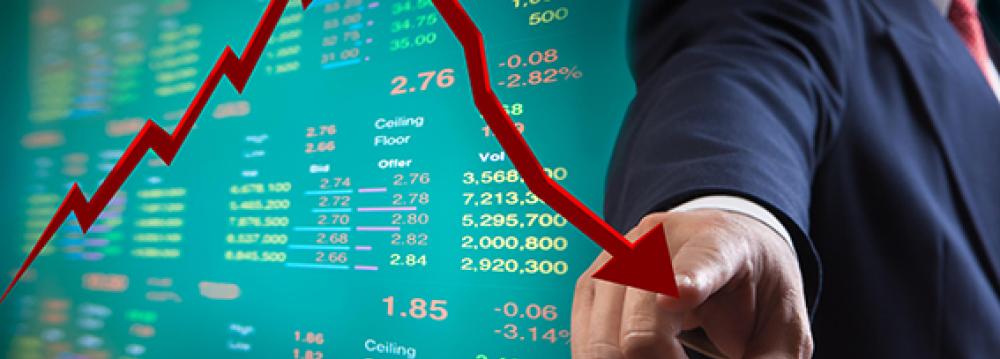After a January 2014 visit to Iran, Martin Cerisola, the International Monetary Fund’s assistant director, said Iran “stands at a crossroad” and at risk of low growth unless it enacts “fundamental reforms to the frameworks supporting product, labor, and credit markets.”
Cerisola called Iran’s market prospects “highly uncertain” in his statement ahead of a report to the IMF board, saying that the government had begun preparing reforms in many areas.
With the ease of sanctions in recent months, President Hassan Rouhani now talks about foreign investment and prosperous national business that the international cooperation could help create. Yet his hopes of opening up the economy are stymied by more than just the lengthy ongoing nuclear talks that have delayed the lifting of western sanctions; the moderate president is also facing opposition from rival groups in Tehran. In addition, he needs now to try to compensate a deficit looming due to plunging oil prices and a hip of unaddressed issues left by the previous administration.
So far the Rouhani’s team has had successes and stanched the economy’s heaviest bleeding. On February 11, in a speech to mark the 36th anniversary of the revolution, the president said the economy grew at an annual rate of 4% in the six months to September 2014, after two years of recession. Inflation, once around 40% before his term, is now below 16%, he said.
Additionally, statistics indicate that the number of foreign businessmen entering Iran rose after the interim deal reached with six world powers in November 2014, raising hopes of a windfall for investors.
Under the Geneva deal, the auto sector was among industries starting to grow, after two years of steep contractions. However, many of these gains are now at risk because of low oil prices and the continuation of sanctions, which threaten the business environment in Iran.
Despite the fact that Iran’s economy is now less dependent on oil -- accounting for 31% of the current budget -- than its neighboring Arab countries and that the economy is recovering at a slow pace, the Iranian economy still needs the immediate lifting of all sanctions if it is to keep growing.
Given the large uncertainty and lack of information on how and when the economic and financial sanctions will be lifted, analysts believe that growth could remain anemic, at an annual average of 2.1% over 2015/2016, with oil export volumes staying well below average of 2.2 million barrels/day.


